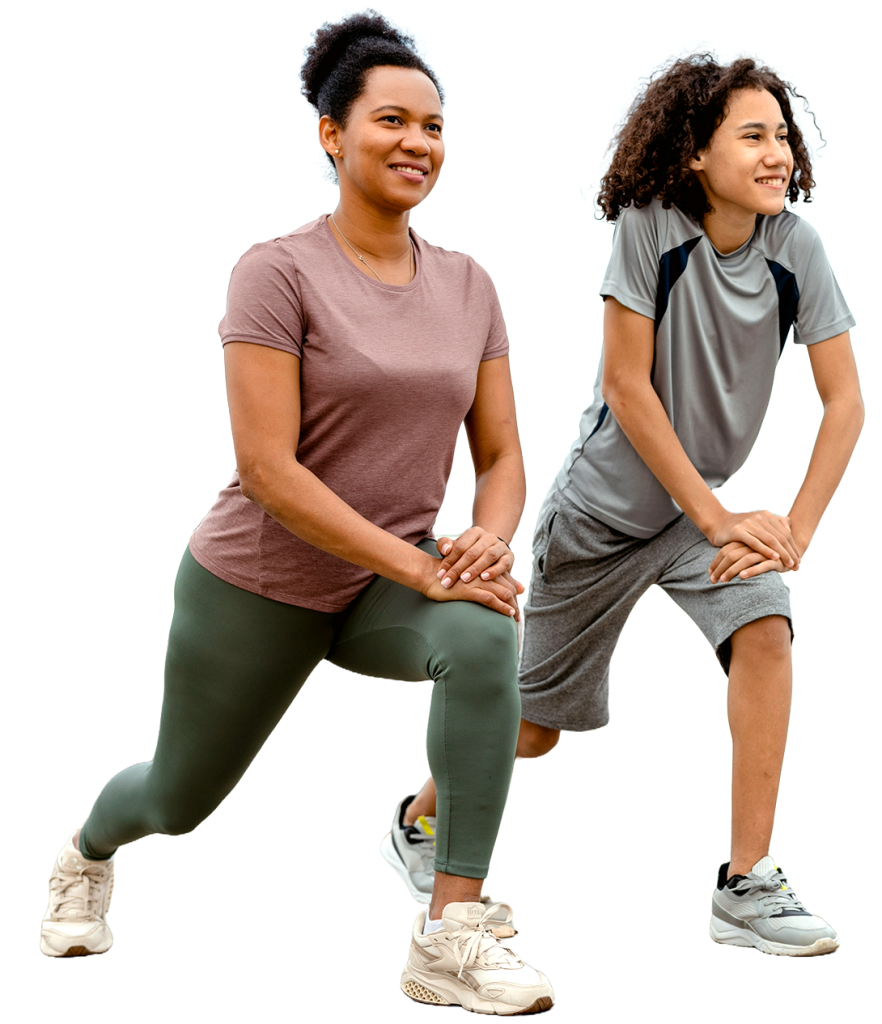
No Referral Necessary. Request an Appointment Today!
Our qualified physical therapists use evidence-based diagnostic tools and treatments to get to the root of your pain and start you on the road to recovery.
At SSOR, all our treatments are handled by DPTs – Doctors of Physical Therapy. This allows us to provide unmatched expertise for every single patient and treatment plan.
There’s a reason we’re consistently rated as “world-class” by patients when they finish with a plan of care. Let us show you how this process can be empowering and not frustrating.